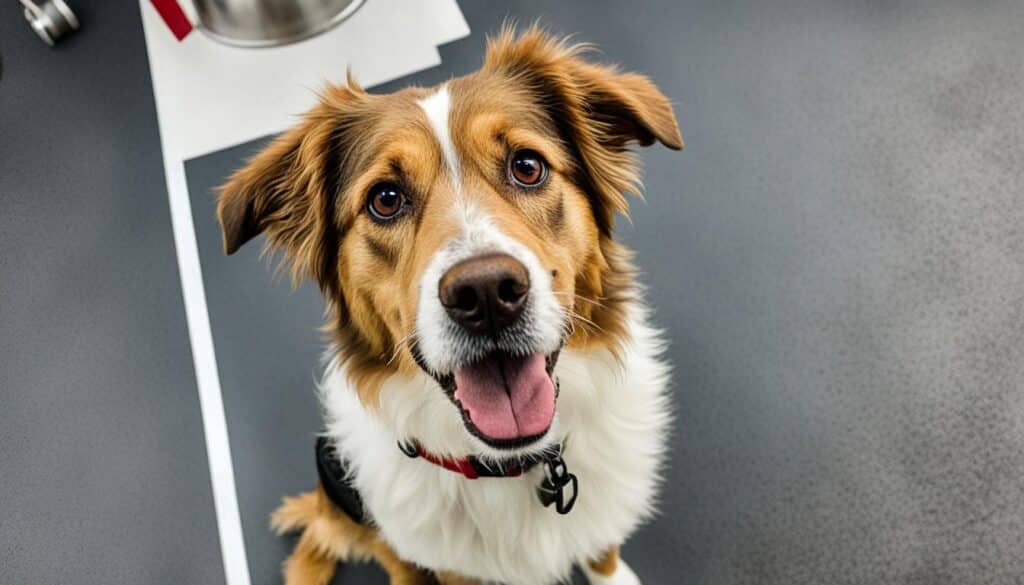A New Beginning: How to Adopt a Rescue Puppy Successfully

Are you ready to embark on a heartwarming journey of love and companionship? Adopting a rescue puppy can be a life-changing experience, not only for the adorable furry friend you bring home but also for yourself. But how do you ensure a smooth transition for your new family member?
When it comes to adopting a puppy, there’s no shortage of advice and opinions. But amidst the noise, there’s one question that arises: What is the key to successfully adopting a rescue puppy?
In this article, I will guide you through the process of adopting a puppy and reveal the secrets to a successful new beginning. We’ll explore the 3-3-3 rule, a proven method that will help your rescue puppy adjust to their new home and start their journey towards a happy and fulfilling life.
The 3-3-3 Rule: A Guideline for the First Three Days, Weeks, and Months
The 3-3-3 rule is a valuable framework that aids in the successful adjustment of rescue puppies to their new environment. By following this guideline, you can provide them with the support and structure they need during this critical period.
The First Three Days
The initial three days are a crucial time for rescue puppies. They may feel overwhelmed and exhibit fearful behavior as they adapt to their new surroundings. To ensure a smooth transition:
- Give them space and time to acclimate to their new environment.
- Limit exposure to other pets, family members, and visitors to reduce stress.
- Take them for short walks in familiar areas to gradually introduce them to the outside world.
- Gradually introduce them to new environments, such as different rooms in your home, while closely supervising them.
Remember to provide plenty of love and reassurance during this period, as they need to feel safe and secure.
The Next Three Weeks
Over the next three weeks, it’s important to continue building their confidence and establishing routines. Here are some tips:
- Gradually introduce them to other family members and pets, allowing them to become familiar with their new companions.
- Keep feeding, playtime, and training routines consistent to create a sense of stability.
- Use positive reinforcement to reward good behavior, which will help them understand and follow expectations.
By following these steps, you can set a strong foundation for their behavior and development.
The First Three Months
During the first three months, continue to reinforce positive behavior and gradually expose your puppy to new experiences. Consider enrolling them in obedience classes or training sessions to further their socialization and development. Ongoing patience and positive reinforcement are essential throughout this process.
Remember that each puppy is unique, and the adjustment process may vary. Be patient, understanding, and provide the love and care they need to thrive in their new home.
Tips for Bringing Home and Caring for a Shelter Dog
Bringing home a shelter dog is a transformative experience that requires patience, time, and understanding. Whether you are adopting a rescued streetwise stray or a voluntarily surrendered dog, establishing structure and routines from the start is crucial for their successful integration into their new home.
When you first bring your shelter dog home, provide them with a safe and comfortable space where they can relax and feel secure. Dog-proof the area by removing any potentially hazardous objects or substances. This will help prevent accidents and ensure the dog’s safety. Additionally, it’s important to establish a vocabulary list for consistent communication, using clear and simple commands that your new furry friend can understand.

During the initial days, it is crucial to establish a routine for feeding and toilet breaks. This will help your dog feel secure and understand what is expected of them. Consistency is key, so ensure that meals and bathroom breaks occur at the same time each day.
As your shelter dog becomes more comfortable, gradually introduce them to new experiences and environments. This could include introducing them to new people, other pets, or taking them for outings to new places. Slowly expose them to different stimuli to help them build confidence and adjust to their surroundings.
Regular check-ups with a veterinarian are essential for your shelter dog’s well-being. The vet can provide important vaccinations, perform necessary health checks, and address any underlying health issues. Additionally, providing your dog with proper nutrition and a balanced diet will contribute to their overall health and happiness.
If you encounter any behavior issues, consider seeking help from a positive reinforcement trainer. They can guide you in addressing any challenges and help your shelter dog develop good habits and manners. Positive reinforcement training emphasizes rewarding desirable behaviors, which can have a lasting positive impact on your dog’s behavior and relationship with you.
To summarize, bringing home and caring for a shelter dog requires patience, time, and a commitment to establishing structure and routines. By providing a safe and secure environment, establishing a consistent routine, introducing them to new experiences, addressing their healthcare needs, and seeking professional guidance when necessary, you can ensure a successful transition and a loving bond with your shelter dog.
Conclusion
Adopting a rescue puppy is a profound and fulfilling experience that requires careful planning and dedication. By following the 3-3-3 rule and providing a safe, comforting environment, you can help your new furry friend adjust to their new home successfully. Establishing boundaries and setting a routine are crucial to ensure a smooth transition for both you and your puppy during the first few days.
Gradual exposure to new experiences and environments, along with positive reinforcement, will help your rescue puppy develop confidence and adapt to their new surroundings. Remember that patience is key during this process, as every dog’s journey is unique. If needed, seek professional training assistance to address any behavior issues that may arise.
By adopting a rescue puppy, you are not only giving them a second chance at life but also providing them with a loving new beginning. The bond you create with your furry companion will be one filled with loyalty and unconditional love. With the proper care, attention, and a commitment to their well-being, you can ensure a successful adoption and a bright future together. Congratulations on this wonderful journey of welcoming a rescue puppy into your life!






